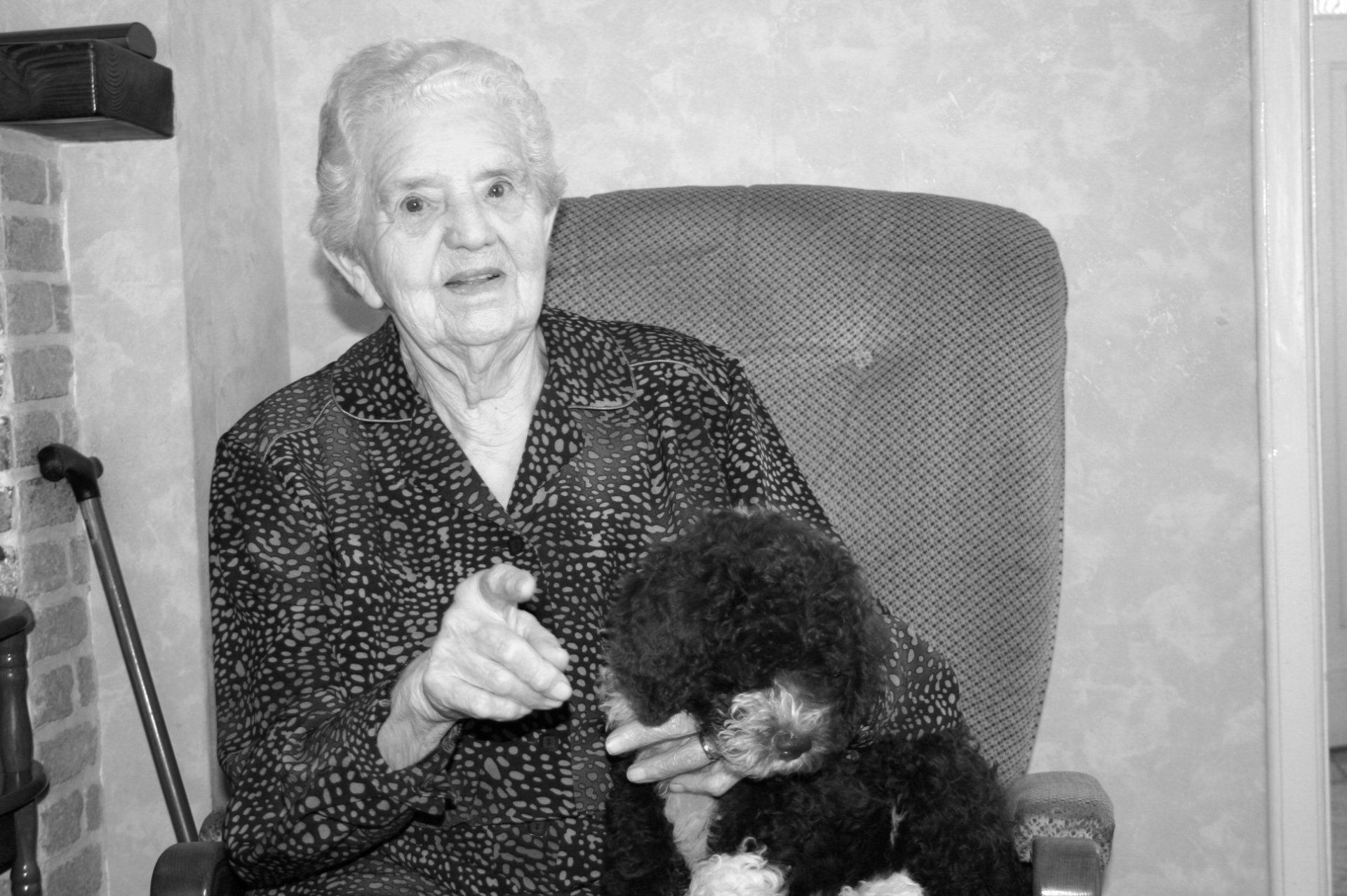Life with a Barbet
Before buying a Barbet, it is good to ask yourself if this breed is right for you, and also, if you are right for the Barbet!
The Barbet is first and foremost a family dog. Even though it is one of the hunting and waterfowl retriever dogs, it has clearly become a companion dog today. What it loves more than anything is the presence of its owner. If there is a garden, it's great, but even if there isn't, its owner will remain its one and only concern. That's why I always ask future owners: "How do you live? And is there a place for a dog in your life?"
Because you should know, the Barbet is a clingy dog. He'll go where you go, and will do anything to earn a loving gesture from you. He's also a fast learner, as he'll do anything you ask him nicely. He's also extraordinary with children and people with disabilities: patient, gentle, and a wonderful playmate.
He's an excellent guard dog, but nothing more. He can't be an attack or defense dog. For him, all humans are good, so he warns if someone approaches, but that's all.
!
Finally, the Barbet is a non-shedding dog. It is therefore considered hypoallergenic: people with dog allergies can live with a Barbet. It's always touching to see an allergic person come home to "smell" the Barbet, and realize that their allergies don't flare up.
They will finally be able to live with a dog!


Santiago at the Mondial de Madrid with his groomer and groomer Sidonie Comeau.
But if its hair never stops growing, this also requires special maintenance!
In other words, the choice is yours:
If you choose a short coat, and this is the case for many owners, maintaining your Barbet will be infinitely simpler. You have your dog clipped 3 to 4 times a year, the dog will stay cleaner, but don't forget to brush its tail and ears, which should be longer than the rest of the body.
If, on the other hand, you want a long-haired dog, worthy of participating in beauty contests, it is obvious that you will have to accept the disadvantages. But know that grooming your dog is also a moment of sharing and contact between man and animal, it is often during grooming that we discover a tick or an injury...
As the hair grows back, you need to get your Barbet used to 3 essential tools.
1) A card made of fine curved metal teeth
2) A sturdy metal comb
3) A pair of sharp curved scissors
Then, every 15 days, you remove the knots. To do this, you use the carder, which will be used to brush against the hair to separate the strands that have formed and aerate the fur. Then, the wide-toothed comb, passed deep down to the skin, will bring the knots to the surface and eliminate them. The scissors are only used to cut any strands that may be sticking out.




